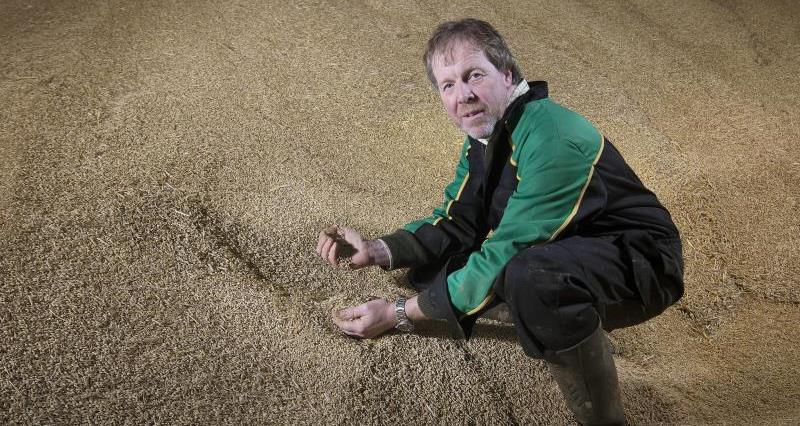Grain sampling is one of the most important practices for arable farmers to get right at harvest.
An accurate sampling process will result in data that enables farm management decisions to be made over the coming months with the maximum amount of information available.
On the other hand, a poor sampling process at harvest means that a grower doesn’t have a complete picture of what is in their shed.
By understanding the quality of the grain which has been harvested, growers can reduce the likelihood of claims and rejections and the associated charges.
For more information on contract fairness, read NFU Crops Contract Fairness Hub.
Understanding the requirements of your merchant
It is important that growers understand the requirements of their merchant. Some merchants are happy to visit your farm and sample your grain for you once it is in storage. However, others will not offer this service and instead will require you to sample the grain yourself. It is vital that farmers do have accurate sample data, so it is important to consider the additional time and cost of having to sample grain yourself when trading with different merchants.
When to sample
Sampling should take place at different regular points throughout the movement of grain, that is:
- before starting harvesting each day
- before grain goes into store
- once grain has been stored for a long period of time
- at outloading.
Sampling should first take place at the point of harvest to determine whether grain needs to be dried or not.
As the cheapest method of drying grain is using the sun, it is preferrable to harvest when the grain is below the required moisture. While not always possible depending on the weather, this ensures that no fuel is required to dry it once it has been brought in from the field.
Regardless of whether drying is required or not, samples should be taken and retained before the grain goes into the store.
Representative samples should be made up based on which parts of the store are being filled.
Taking a flat grain store as an example, a grower might collect regular samples for every 50 or 100 tonnes which are loaded into a grain store, and then mix these samples to create one representative sample for that part of the shed.
The AHDB's Grain sampling guide (2022) (PDF) is a comprehensive guide on how to sample grain.
Best practice is to take incremental samples and thoroughly mix them in a clean container to then take an aggregate sample.
A range of sampling equipment can be used, and it should be calibrated at the start of each harvest which is often available at a number of open days held by different agricultural organisations.
Storage
During storage, especially when grain is stored for a number of months, samples should be taken from within the grain store to check that the condition of the grain has not altered from the original sample taken.
Finally, samples should be taken and retained at outloading to provide a reference if there are any claims or rejections on the loads sent to the home.


